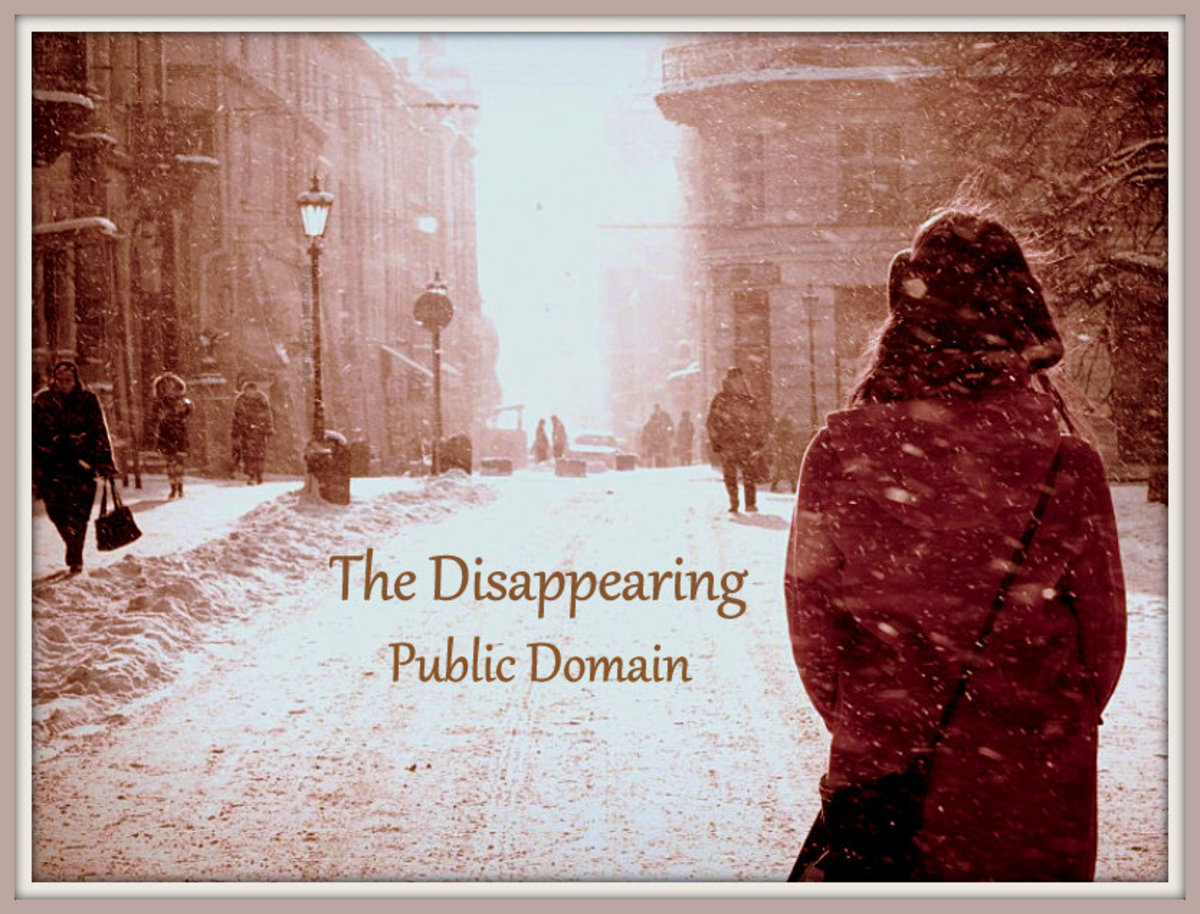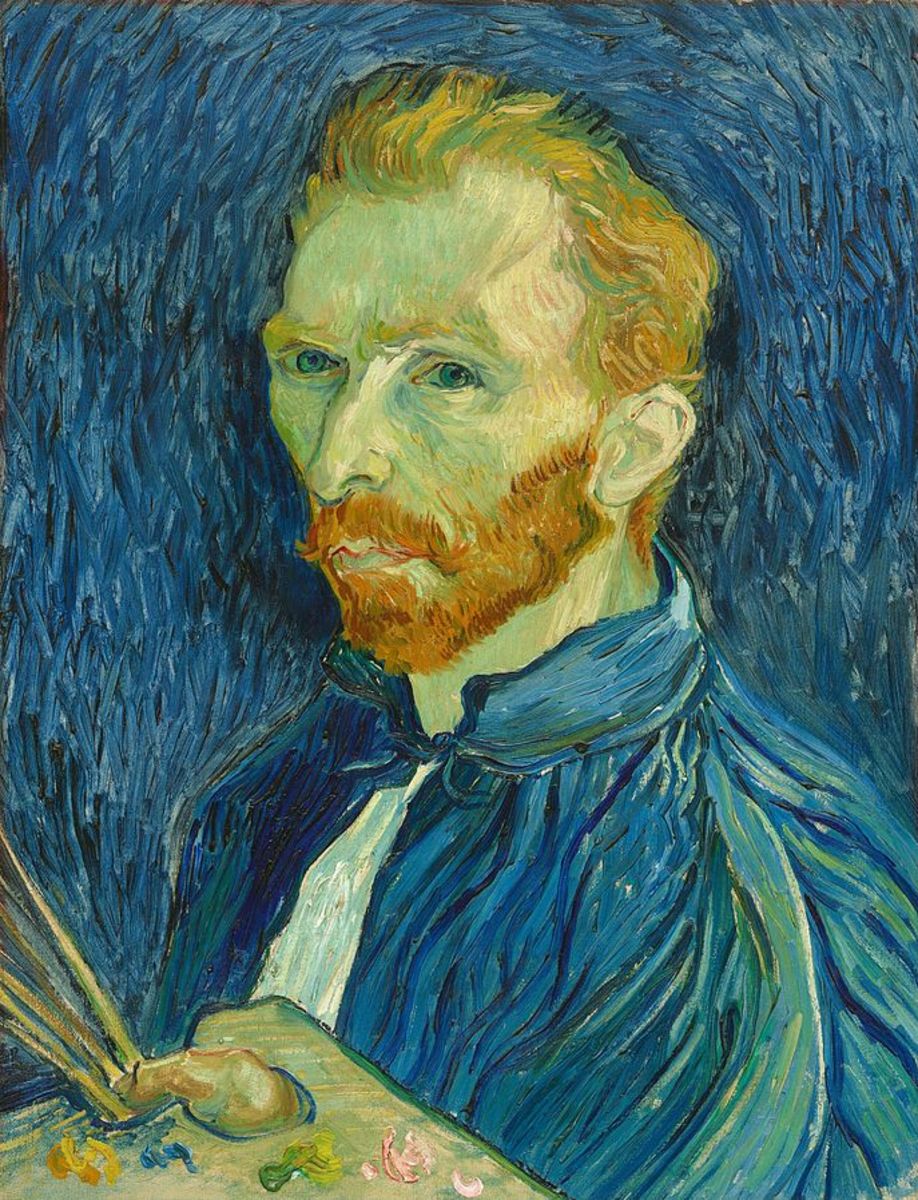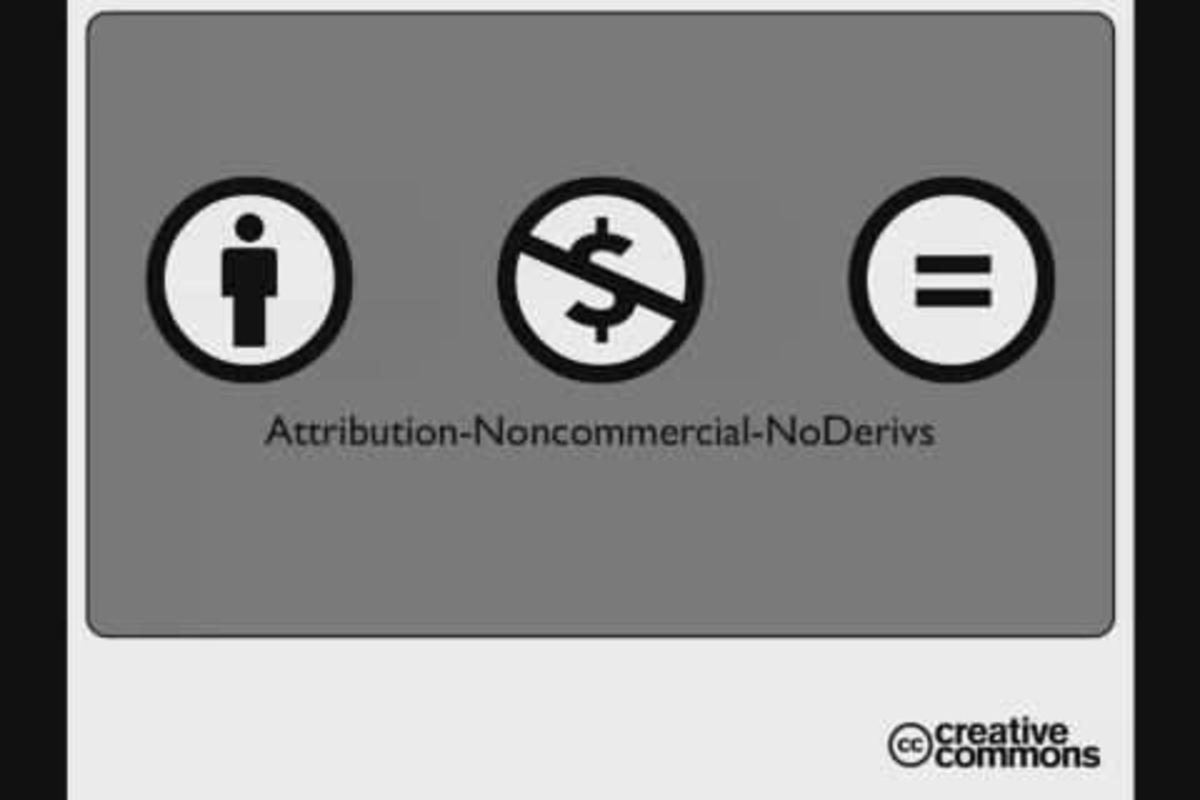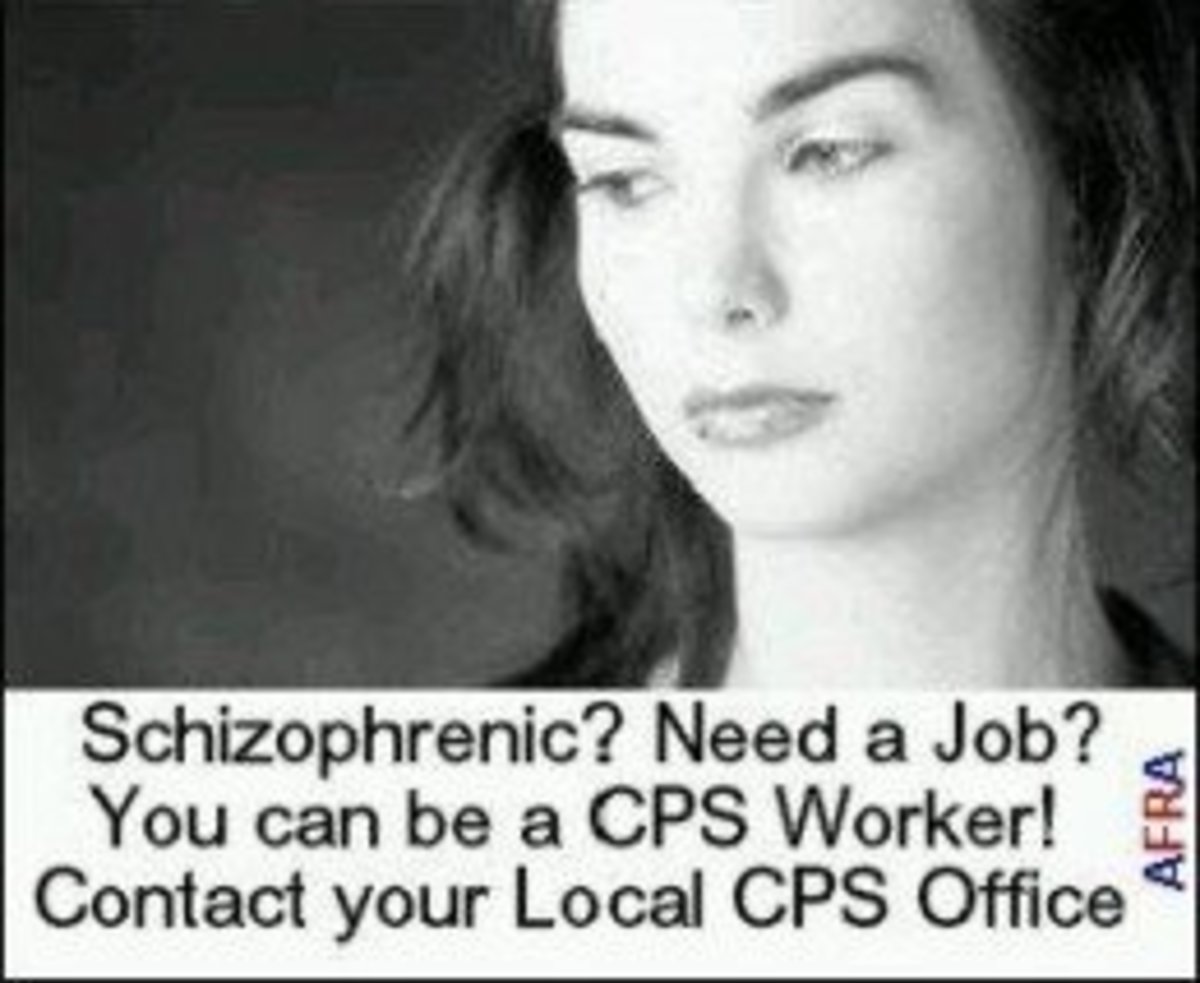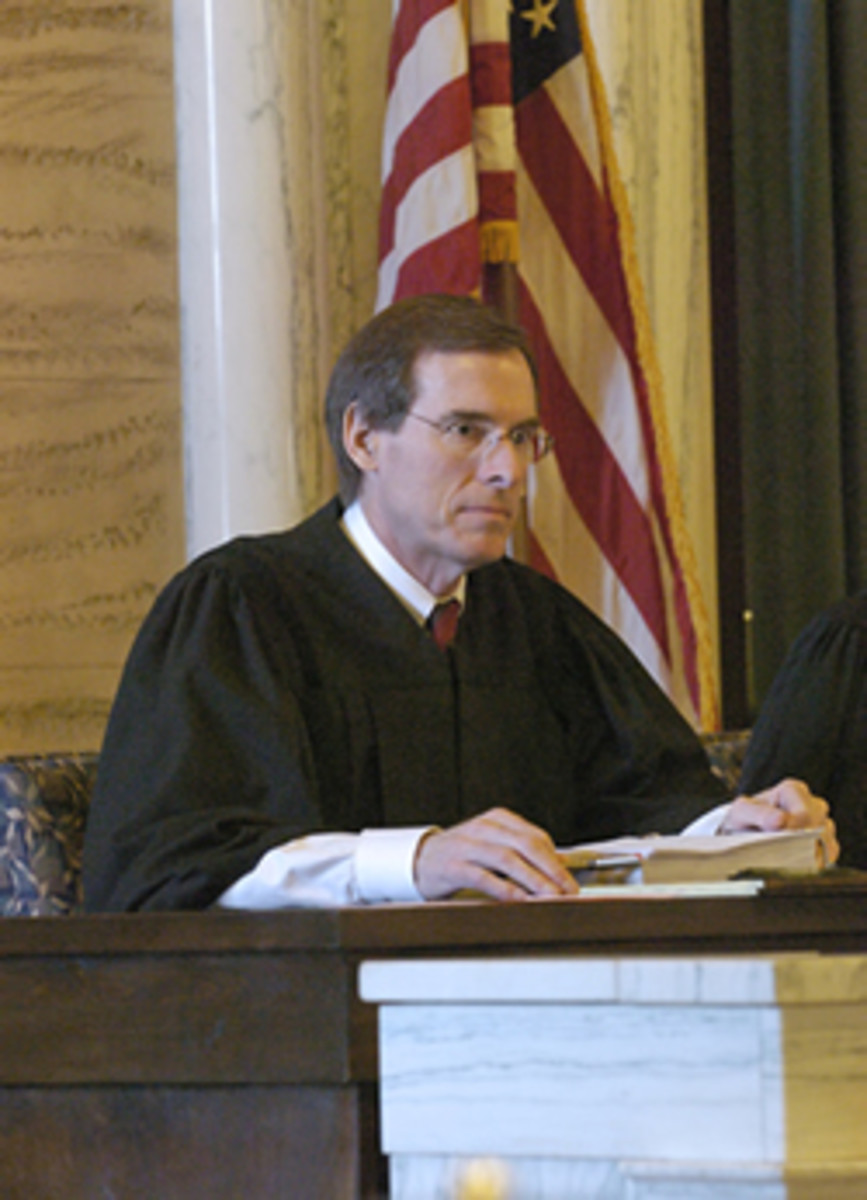Are You Violating Copyright?
If you are publishing something that you did not write, then you may be violating copyright laws. If you are using a photo in which you are not the photographer, then it may be consider copyright infringement. This article discusses United States copyright concepts and not international copyright issues.
What is Copyrighted?
According to the United States copyright laws, the creator of the work automatically owns the copyright to that work by default. The creator does not need to file any paper, nor make any declaration, nor do anything. If he or she created it, he or she is the owner and the piece of work is automatically copyrighted.
The copyrighted work does not need to say that it is copyrighted. The copyrighted item does not need to have that little "c" with the circle. The United States Copyright Office publication states ...
"The use of a copyright notice is no longer required under U. S. law, although it is often beneficial."[2]
It also says ...
"Copyright protection subsists from the time the work is created in fixed form. The copyright in the work of authorship immediately becomes the property of the author who created the work."[2]
A possible exception is when "work made for hire". If you create something as part of your job to a company or other, then you do not own the work. The company or person who commissioned you to do the work generally owns the work and the copyright.
Essentially, everything is copyrighted except when it is explicitly stated that it is not. And except under some limited conditions which we will look at later.
Hence, you can not do a web engine search for images on the web, find one that you like, and use it in your blog. That is copyright infringement. That image most likely is copyrighted and owned by the photographer. Since you are not the photographer of the photo and since you did not create or draw the image, you can not use it.
If a work is copyrighted, then you can not use the work to create a derived work.
What is Not Copyrighted?
There are some situations when an piece of work is not copyrighted.
- General facts (like the height of Mount Everest) are not copyrighted.
- Ideas can not be copyrighted. Only the form in which the idea is expressed is copyrighted.
- Works in explicitly under "public domain" are not copyrighted.
- When copyright expires, it falls into public domain. See this chart which indicates when works falls into public domain. The copyright of the works generally lasts until many years after the creator's death. How many years longer depends on when the work was created and based on the Copyright Term Extension Act.
- In general, titles are not really protected unless it has acquired a trademark status or secondary meaning. Copyright.gov (U.S. Copyright office) says ..."Copyright does not protect names, titles, slogans, or short phrases. In some cases, these things may be protected as trademarks."[1]
Authorized Uses of Copyrighted Work
If a work is in public domain or if the work is not copyrighted, then you can freely use it. For example, there are some sites that contains public domain photos or photos that can be freely used under conditions.
If a work is copyrighted, there still may be times when you can use the work. The definition of copyright infringement is "the unauthorized use of works under copyright"[3]. So if you obtain "authorized use", then it is not infringement.
The most common case of getting authorization is when you obtained explicit permission from the copyright holder to use the work. Often this may mean purchasing a license to use the copyrighted work - as in the case of purchasing commercial stock photography for use in advertisements and brochures. You are not purchasing the copyright. They still own the copyright, but you are purchasing the right to use the photo. Other times, it may simply mean asking the copyright owner for permission -- better make that in writing in case there is a dispute about that later.
Some works have other licenses attached to it such as the "Creative Commons" licenses. The creator still owns the copyright to the work. But the work is available for public use if you follow certain stipulations that depends on the particular type of Creative Common license granted. For example, the "CC BY-SA" license (or otherwise known as "Creative Commons Attribution-Share Alike" license) lets you use the work provided that you provide an attribution to the creator. You are also able to adapt the work provided that your adapted work be licensed under similar terms.
A similar concept is the GPL "General Public License" which is often attached to software works. Software code, like any other creative work, is copyrighted by default. But if it is explicitly labeled with the GPL license, then the code can be publicly used and adapted. If adapted, the derived work must also be under GPL. Software whit the GPL license are often known as "open-source software." The concept of allowing adaptation of work and giving the derived work a similar license is loosely known as "copyleft" -- a play on the word "copyright".
If a work is copyrighted, and if it doesn't have license for public use, and if you don't obtain permission, then in some very limited circumstance, you can still legally use some small portion of the work if it qualifies under the "fair use" doctrine of the copyright regulations. We'll look at "fair use" in the next section.
Fair Use of Copyrighted Works
The Fair Use doctrine allow the limited use of small portions of a copyrighted work. What is meant by "limited" and what is meant by "small" is subject to interpretation. So if there is a debate about whether something falls under fair use or not, then it may be a judge in a court of law that can make the final decision.
However, there are four guiding principles that will help determine whether the situation falls under fair use or not.
1. Intent of Use: If the intent of the use of copyrighted material is for non-profit and educational use, then that leans your case in favor of fair use. If your intent was for monetary gain, then it tends not to fall under fair use.
2. Nature of the Copied Work: If the copied work is primarily factual or empirical in nature and/or if it is work is basically common knowledge and contains no new knowledge, then that favors you into the fair use category. If the work you copied is highly creative, artistic, or expressive, then it does not favor fair use.
3. The Amount of Copy: Fair use is when small portions of the work is copied. For example, when you are quoting something and sourcing the material. If you copy excessive portions of the work, then it is not considered fair use.
4. The Effect on the Copyright Holder: If use does not decrease value of work and have no effect on market share, then it is more likely to be consider fair use. If you provide credit or attribution, then that increases the chance of it being considered fair use.
You can learn more using the Fair Use Evaluator.
Learn More About Copyrights
This article covers typical cases of very general situations. Every situation is different and your particular situation may have unique circumstances where the above material is not applicable. Of course, consult with your legal adviser.
If you need to research and learn more about copyright, you can read the complete version of the U.S. Copyright Law here.
That last link was in highly legal terms and you almost have to be a lawyer to understand it. A more understandable and a more fun was to learn about copyright is to watch the humorous Disney parody video below. It explains (1) what a copyright is, (2) what can and can not be copyrighted, (3) duration of copyright and public domain, and (4) fair use.
Note:
This article was written in 2009 and is only opinion at the time of writing. Copyright laws changes and the information may be outdated or incorrect by the time you are reading this. Author is not a legal professional and this is not legal advice. Seek professional advice as needed.
References:
- [1] U.S. Copyright Office - Copyright in General (FAQ)
U.S. Copyright Office is an office of public record for copyright registration and deposit of copyright material. - [2] Copyright Basics
- [3] Copyright infringement - Wikipedia


